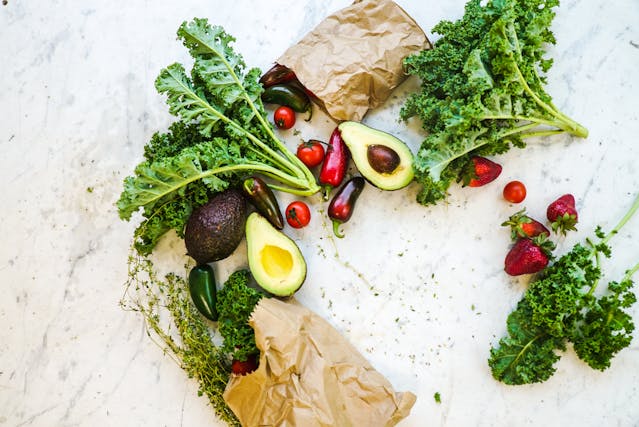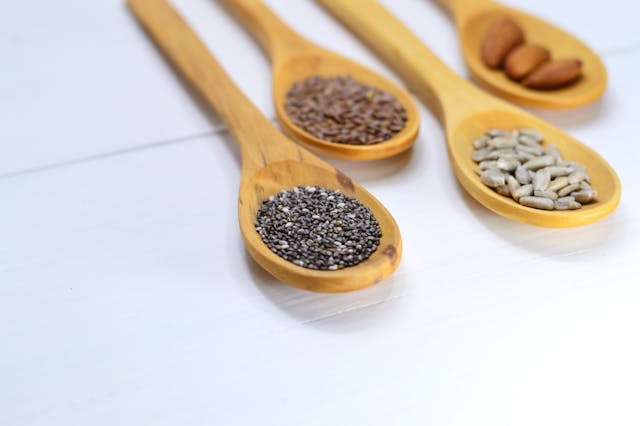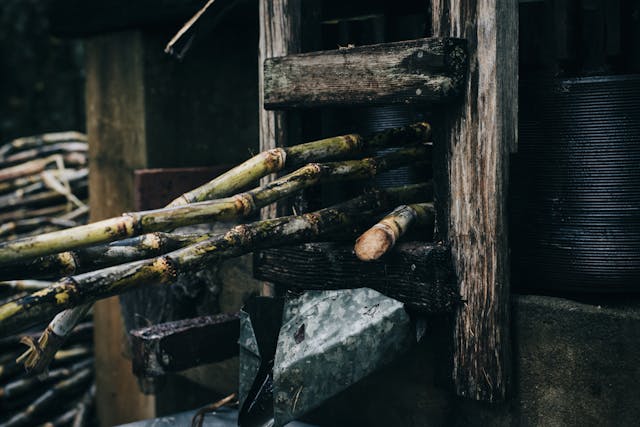
Nature works in wonderful ways, and understanding how food comes from plants is an interesting observation to understand the cycle. Soil, water, and sunlight are ingredients that help plants grow. The process of nourishment goes through photosynthesis, which gives life to flowers that turn into plants and fruits. Many leafy greens are plants that don’t have flowers but are edible items anyway.
Plants are both our source of oxygen and food. To promote healthy living among children, it is essential to create a connection with nature. Encouraging them to learn about food from plants creates curiosity regarding the food cycle and they have respect for nature.
Plants play a crucial role in meeting the dietary needs of humans. Loaded with fiber, vitamins, minerals, and several other essential nutrients, they are the healthiest part of our meals.
A lot of food that makes its way to our dining table comes from different parts of trees and plants, such as leaves, bushes, roots, stems, and seeds. Vegetables, fruits, spices, cereals, nuts, oils, and many other elements of a regular diet come from various parts of plants. Not only humans, animals also depend on plants for their food.
Several parts of plants become food as they ripen. Here are some of the most common foods we obtain from different parts of plants:
All vegetables are part of plants, but their categories differ according plant structure we consume. Vegetables like carrots, beets, radishes are roots, while ones like asparagus and celery are stems.
Leafy greens include lettuce, spinach, cabbage, and kale. Rich in iron and fiber, here the food is the plant itself. Food from plants also includes buds and flowers, broccoli, cauliflower, and artichokes are such examples.
Some plants develop from flowers but aren’t fruits. These include tomatoes, cucumbers, and eggplants. Vegetables that grow as seeds are plants too. These include beans, peas, and corn.

Unlike vegetables that can grow from roots plants grow from flowers. Certain flowers pollinate with the help of insects, wind, or animals and turn into fruits. The biological process is interesting and no less unique compared to how human and animal babies reproduce.
Not all plants grow on trees like mangoes, oranges, and apples. Some of them grow on plants and vines like grapes, strawberries, and melons.
Some fruits are vegetables while they are raw, and fruits when they ripen. For example, raw bananas and jackfruit are vegetables that you need to cook. But as they ripen, they turn into fruits and require no cooking. Bananas and pineapples grow on large herbaceous plants, which aren’t trees but look as tall.
Most commonly consumed grains include wheat, maize, barley, rye, millet, rice, and nuts, such as almonds, walnuts, peanuts, etc. Grains are rich in nutrients and processed as flour, bread, pasta, biscuits, and more.
Seeds are ingredients that often become a part of dishes and condiments. For example, pumpkin seed butter, sesame seeds as topping, chia seed pudding, and more. Grains also come from seeds and go through a peeling or grinding process before consumption. These include wheat, rice, corn, oats, barley, millet, and rye.

We use several spices in cooking, such as pepper, cumin seeds, cloves, cardamom, cinnamon, etc. All these spices come from plants. They are typically harvested, dried, and used as a flavor. Spices are also ingredients that are preserved for extended usage and their aroma plays an important factor in enhancing flavoring.
Spices like fennel, cumin, and coriander originate from seeds. While spices like curry and bay come from leaves. Herbs are spices that come from plants. These include rosemary, thyme, parsley, and more. Again, some spices come from flower buds like saffron and cloves.
A spice-like cinnamon is derived from the bark of trees, while cardamom grows on plants. There are some spices that come from roots. These are dug up, dried, and then ground. Ginger and turmeric powder are examples of such spices.
Some spices are either fruits or pods. These include vanilla, chili peppers, and black pepper. These are dried, fermented, and ground. Some spices are also resins like asafoetida. When we use a variety of ways to extract spices, it reflects diversity in the world of plant-based food.
Oil is processed from different parts of plants and they can be seeds, nuts, fruits, and more. Oils don't just go into food but also medicine and cosmetics. The extraction process differs with the type of plant used. For example, sunflower oil is harvested, dehulled, ground, and pressed. While coconut oil is harvested, extracted, processed, and bottled.
Oils from seeds include canola, soybean, sunflower, flaxseed, and sesame. While avocado, coconut, and olive oil come from fleshy fruits. Cold pressing is the most common way of oil extraction but the intensity varies depending on the oil type.

Food from plants also includes beverages like tea and coffee. Coffee cherries are plants that are harvested and processed to remove the outer layer and extract the coffee beans. The beans are then dried and hulled. Raw beans when roasted at a certain temperature expose the aroma that creates a tempting flavor. The roasted beans are finely ground to make one of the most special beverages that is consumed globally.
On the contrary, tea is shrubs that grow across estates and are handpicked to process the best. Tea is process are diverse and include drying, rolling, and fermenting. Different tea types have distinctive processes and that’s why the variety is innumerable. From Darjeeling tea that comes from estates in West Bengal to white tea grown in the Fujian Province of China, different regions are known to grow different tea types.
Sugar comes from sugarcane and sugar beets that are natural plant sources. These are harvested, crushed, sliced, and then extracted to create granules we consume as sugar. While the liquid is extracted and processed from sugarcane, beats are sliced and soaked in hot water to extract sugar.
Sugar process works through crushing, boiling, and crystalizing. When heat is exerted through boiling and thickening changes the liquid into crystals, sugar is formed. These are then dried and processed to create granules, powder, cubes, and more.

With climate change and environmental concerns increasing day by day, the next generation needs to learn about plant life. Only when they understand where their food comes from can be appreciate nature and take better care of their surroundings.
Hunger is the best way to explain the importance of food. Teaching children about how plants grow isn't enough. They need practical experiences associated with gardening and planting to understand how important plants are and why we need them for survival.